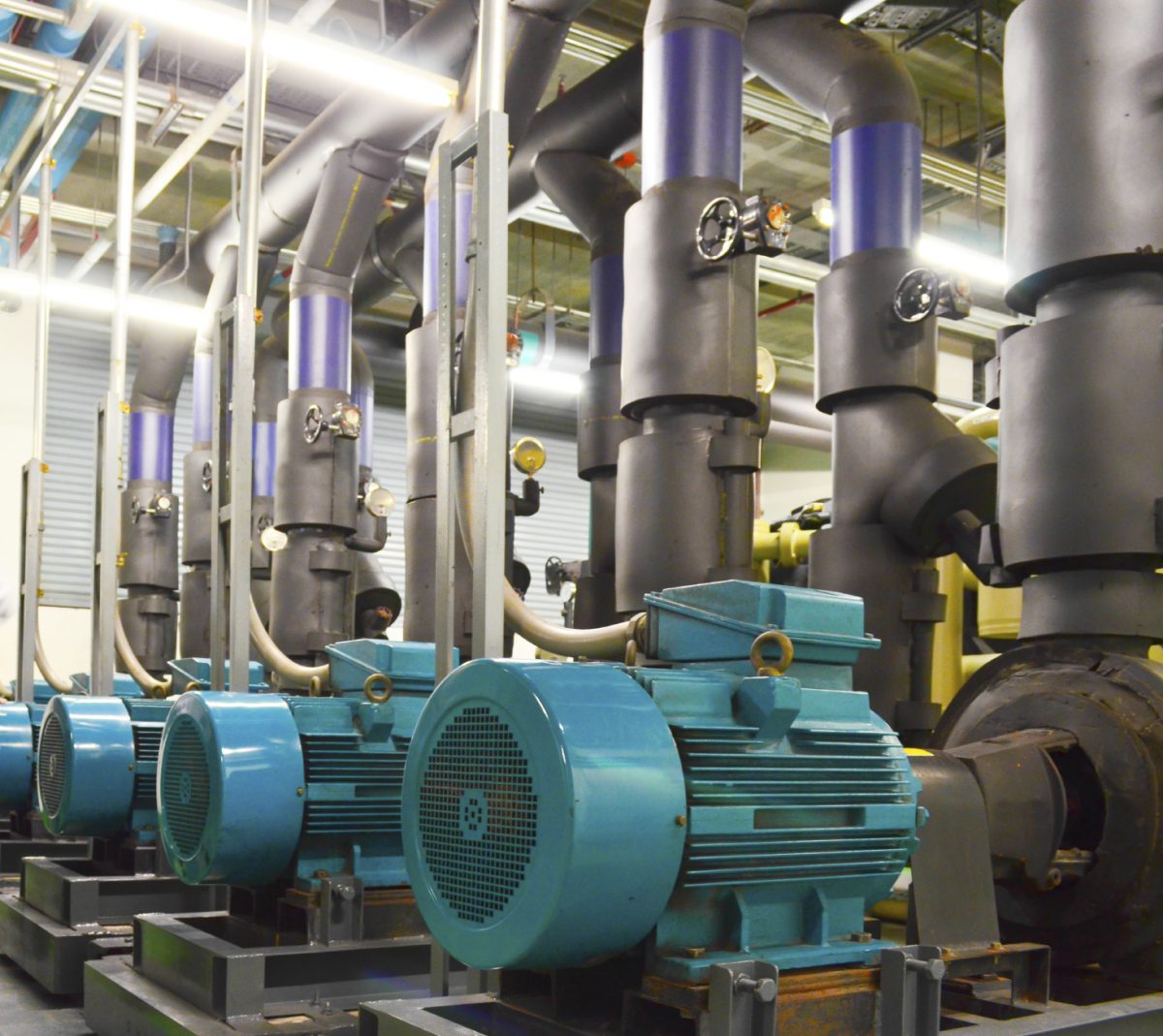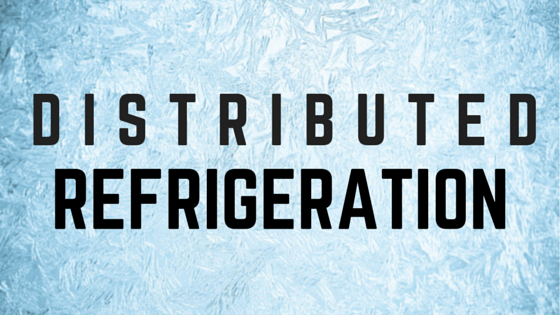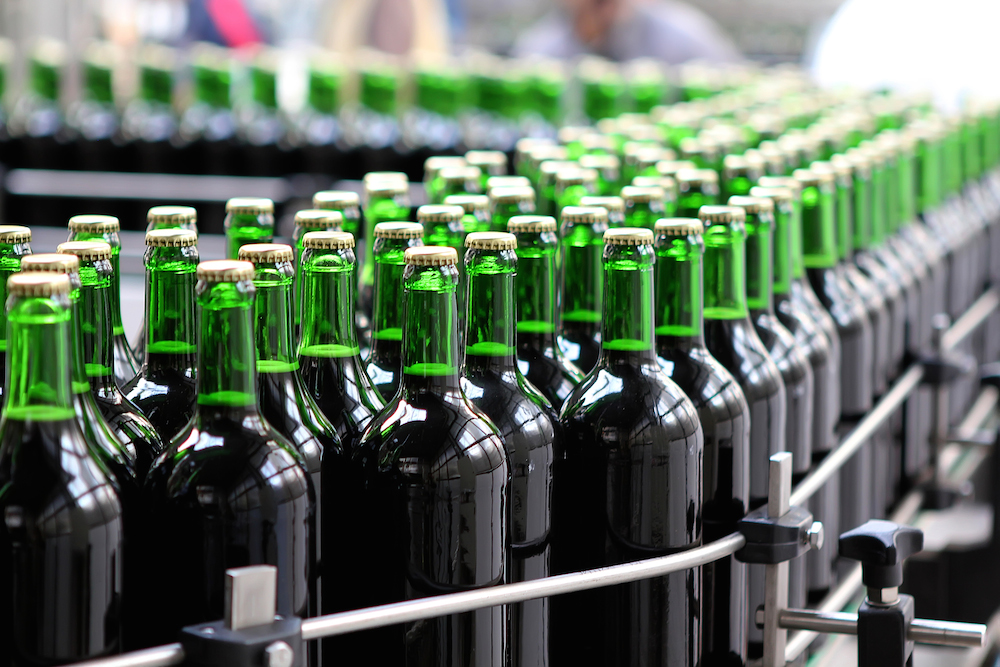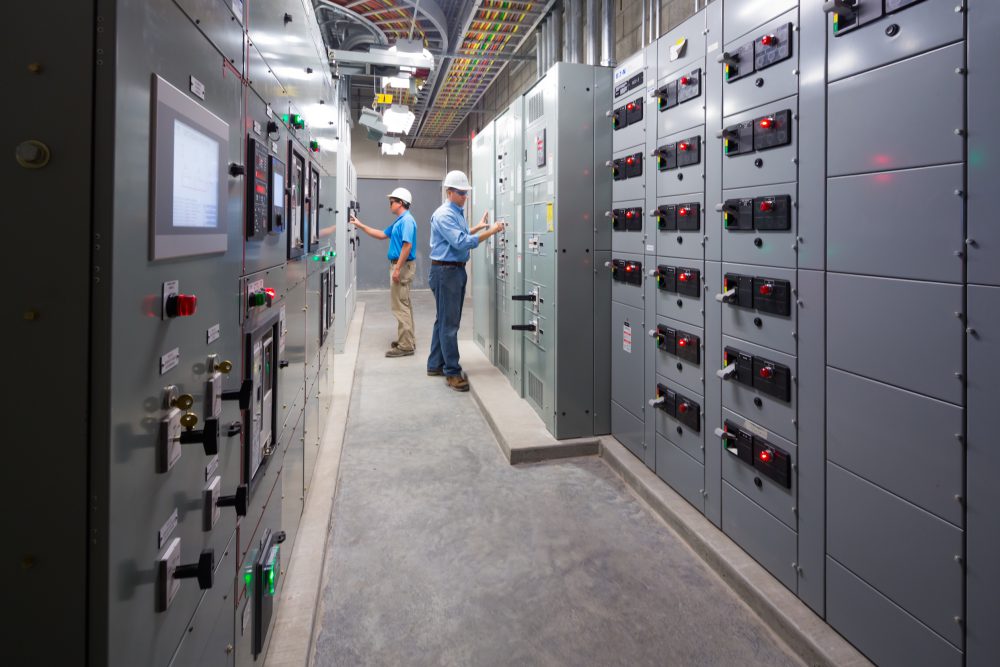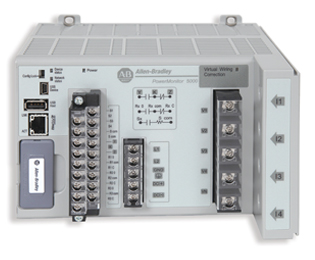Improve Your Food Plant’s Sustainability With These 5 Tips
Most food and beverage companies aren’t against being more eco-friendly — it’s just that achieving sustainability in a food processing plant can be easier said than done.
The upfront investment associated with energy-efficient solutions, such as “green” building materials and equipment, can be difficult to justify. How do you know which energy-efficient options will provide the best return on investment?
As we observe Earth Day this week, let’s look at ways to invest in your food plant that are both good for the planet and provide a solid return on investment (ROI).
Continue Reading “Improve Your Food Plant’s Sustainability With These 5 Tips”







